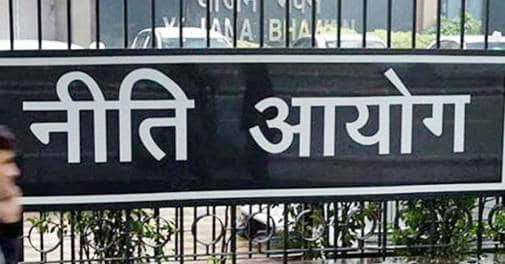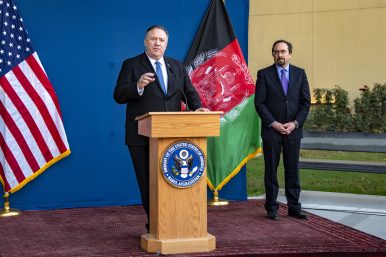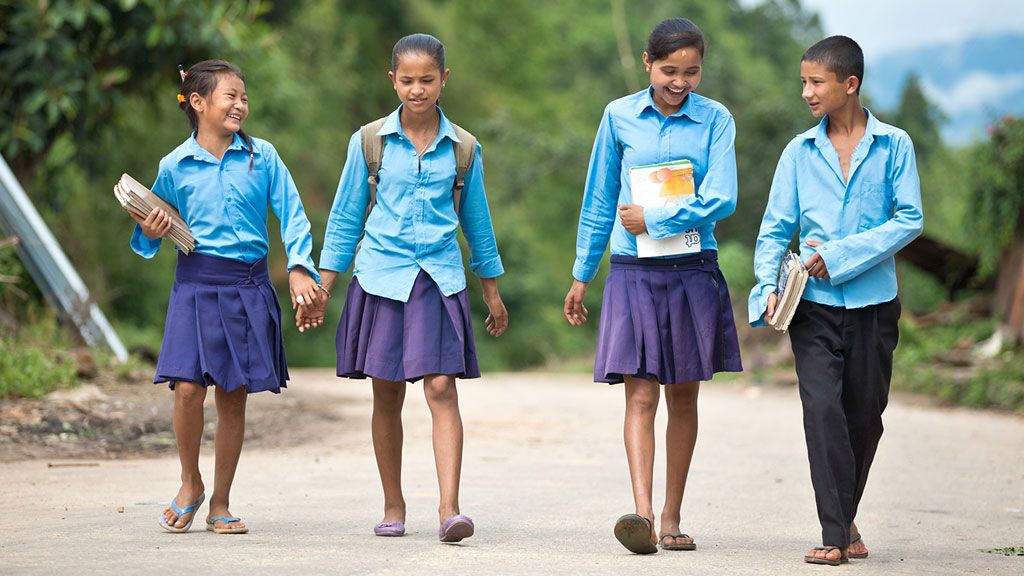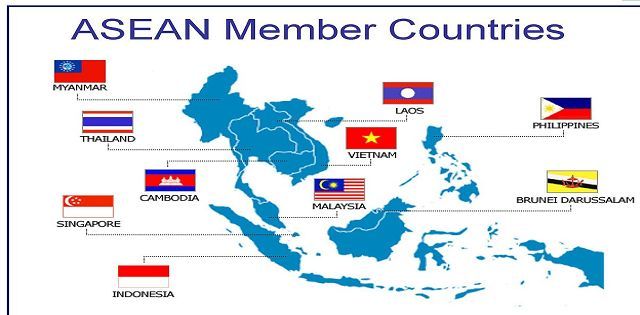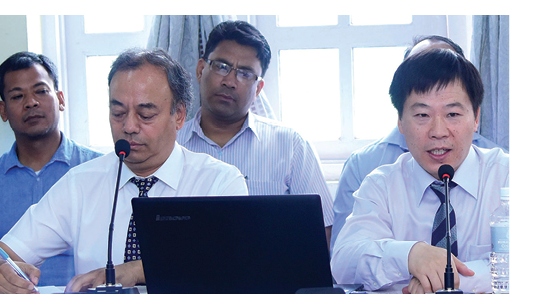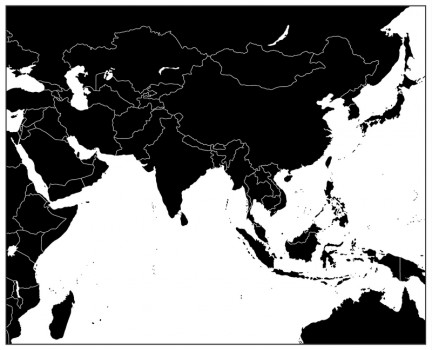PTI, New Delhi — Kerala has occupied the top slot in terms of health performance among large states followed by Andhra Pradesh and Maharashtra, whereas Uttar Pradesh and Bihar remained at the bottom, according to the Niti Aayog’s second round of Health Index. The ranking was done under three categories — larger states, smaller states and Union territories (UTs) — to ensure comparison among similar entities.
Gujarat, Punjab and Himachal Pradesh stood at fourth, fifth and sixth spots, according to the report, titled ‘Healthy States, Progressive India: Report on Rank of States and UTs’. Uttar Pradesh, Bihar and Odisha were among the worst-performing states on the index.
In terms of annual incremental performance among the larger states, Haryana, Rajasthan and Jharkhand are the top-three states.
The second round of the Health Index took into account the period 2015-16 (base year) to 2017-18 (reference year). The Index is a composite score incorporating 23 indicators covering key aspects of health sector performance with major weightage to the outcomes.
Among the smaller states, Mizoram ranked first in overall performance, while Tripura and Manipur were the top-two states in terms of incremental performance. Sikkim and Arunchal Pradesh had the biggest decrease in overall Health Index scores.
Among the UTs, Chandigarh ranked first in overall performance, while Dadra and Nagar Haveli improved the most.
Releasing the report, Niti Aayog Vice-Chairman Rajiv Kumar said the Aayog is committed to establishing the Health Index as an annual systematic tool to propel states towards undertaking multi-pronged interventions to bring better health outcomes.
Niti Aayog member Vinod Kumar Paul said the Union government should spend 2.5 per cent of gross domestic product on health.
“And state governments should increase their spending on health from an average of 4.7 per cent to 8 per cent of their budget (net state domestic product) on health,” Paul said.
According to the report, the decline in the overall Health Index score of five empowered action group states (Bihar, Uttar Pradesh, Uttarakhand, Madhya Pradesh, Odisha) between the base year and the reference year is attributed to the deterioration of performances of several indicators.
“For instance, in Bihar, the deterioration between the base year and the reference year was primarily due to the performance related to total fertility rate, low birth weight, sex ratio at birth, TB (tuberculosis) treatment success rate, quality accreditation of public health facilities, time taken for NHM (National Health Mission) fund transfer,” it said.
The report also pointed out that there was a general positive correlation between the Health Index scores and the economic development levels of states and UTs as measured by per-capita net state domestic product (NSDP).
Noting that overall, there is room for improvement in all states, even among the best, it said that “among the large states, the overall Health Index score of the best-performing state is more than two-and-a-half times of the overall score of the least-performing state”.
The report said several states have made good progress towards achieving sustainable development goals included in the index.
Kerala and Tamil Nadu have already reached the 2030 SDG target for neonatal mortality rate (NMR), which is 12 neonatal deaths per 1,000 live births, it said.
The first round of the Health Index was released in February 2018, which measured the annual and incremental performances of states and UTs for period 2014-15 (base year) to 2015-16 (reference year).
The report has been prepared in collaboration with the Ministry of Health and Family Welfare with technical assistance from the World Bank.




